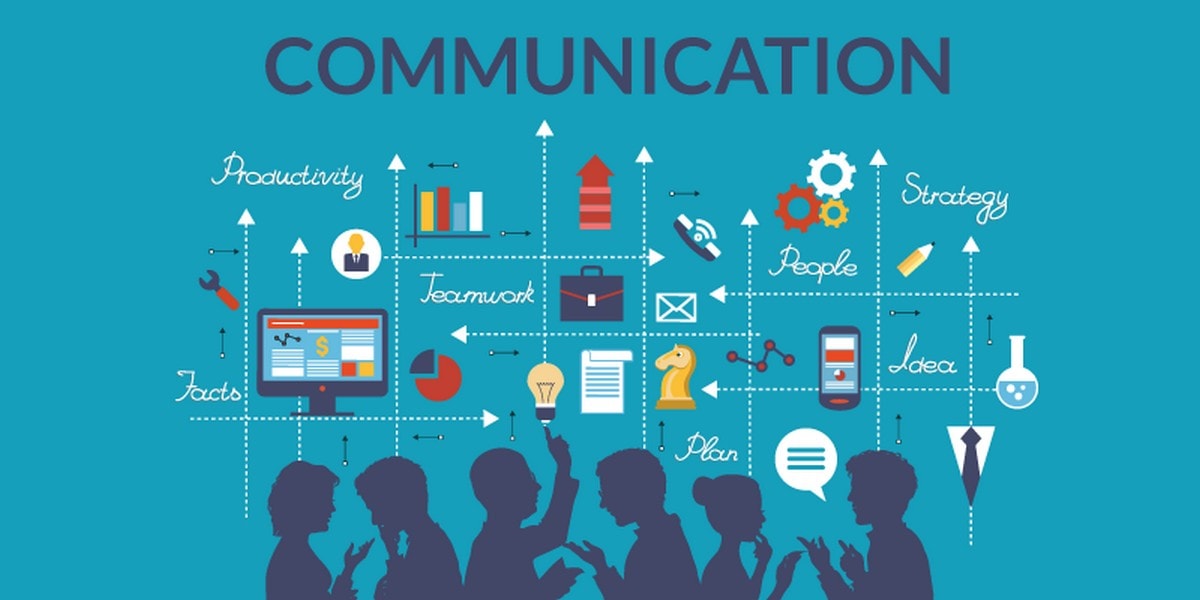Tips on how to reduce your chances of being a victim of medical malpractice
Robin Price
W231- Professional writing
Going to the doctor can be scary. Most people have a fear of doctors. We’ve all heard the stories about patients having the wrong leg amputated, incorrect medication doses being given to patients and numerous other horror stories that resulted in harm to patients or even death of a patient. These examples and many others are results of miscommunication with in the medical field and ultimately A
According to an article on statnews.com written by Melissa Bailey in February 2016. Hospitals and physicians’ offices could have avoided nearly 2000 patient deaths and $1.7 billion in medical malpractice cost if only communication had been better. Here are some tips on how to reduce your chances of becoming a victim of medical malpractice.
- Check your Doctors credentials
As a patient or potential patient, you have a right to check your doctor out. When possible before you see your doctor or select a new doctor you can verify their licensing, board certifications, medical school attended, where they did their residency, actions against them like medical malpractice and other disciplinary actions. Federation of state medical boards website you can look up doctors by entering their first and last name and location of practice at docinfo.org.
- Prepare list of questions to ask your doctor
When we go to the doctor we usually don’t feel well. Sometimes we feel nervous, feel rushed or receive so much information we often forget what we wanted to ask the doctor. By preparing a list of questions before the appointment and bring it along we can review the questions and address your concerns.
- Bring your medications to your doctor’s appointment
If you are on several medications this is very helpful. Often medications change, dosages change, and frequency taken changes. If can become very hard to remember all the changes, but if you bring the medication, in its original bottle, you will have all this information with you. Enabling you to correctly communicate this important information.
- Know why you are taking a medication
Many medications can be used to treat several medical issues. It is important to know why you are taking a specific medication. If you see more than a family doctor the other doctor will need to know why you take a medication before they can prescribe additional medications. Some medications will counteract each other.
- Follow up on medical test completed
Often our doctor visit includes orders for tests such as blood test, x-rays, MRI’s ect. Physicians will usually have these results within a few days. Keep track of what test you completed and when you completed them. If you have not received results from your doctor’s office in about 3-5 days call your doctors office and ask for results. DO NOT ASSUME NO NEWS IS GOOD NEWS.
- Make a list and put it in your wallet or billfold
We can’t always remember everything, or we may not be able to answer the questions. Be prepared! Make a list of any medications you’re on including the name, dosage and frequency taken. Make a list of any drug allergies you have, be sure to include any egg and nut allergies. Make a list of all surgeries you have had including the year of surgery. This list will usually fit on a 3” X5” index card. Place this card in your wallet or billfold with your driver’s license or ID card. In the event of an accident, responders will usually check for your drivers license or ID card and will see the list.
- Know what you are signing
Doctors offices and hospitals usually give you a stack of forms to be filled out and signed before you even see the doctor. Read them, know what they are before you sign them. If you do not understand them ask for an explanation. You have patient rights and they include knowing what you are signing at any time when you are a patient.
- Ask!! Ask!! Ask!! Ask!!
Take control of your healthcare. Ask questions. Ask what the diagnosis is, what medication is for, what are they treatment options and any other questions you can think of. Ask the doctor or nursing staff to write down or print out information. Then go home and research, look up the diagnosis and treatment options and make notes. If you have more questions call the doctors office and ask. Asking questions increases communication.
There are many things we, as patients, can do to reduce our chances of becoming victims of medical malpractice. One of the most important things we can do is communicate with your doctor. By asking questions and taking an active role in our personal healthcare we are reinforcing strong communication and improving the quality of care we receive. Use these tips to help you start improving communication with your doctor and aid in reducing your chances of becoming a victim of medical malpractice.




